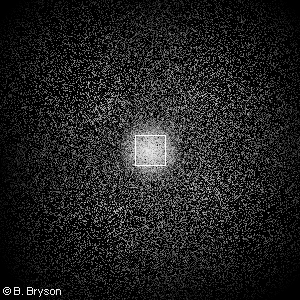More at 100 picometerThe outer electron shell is where chemical bonding occurs. How elements combine to form molecules -- the types of elements, how many bonds, and the type of bond -- are all determined by the outer shell of electrons. There are specific requirements regarding the orbits and energy levels an electron can have. The lowest shell, called the s shell, can have just two electrons. Higher shells, the p, d, and f shells, can hold 6, 10, and 14 electrons, respectively. Furthermore, only two electrons can reside in the same orbital. So for the p-shell containing 6 electrons there are three distinct orbitals holding 2 electrons each. There is an excellent tutorial describing the development and basics of the physics of chemistry produced by the University of Colorado. They have developed a series of Java applets explaining several key concepts of physical chemistry. One of the applets displays a portion of the periodic table of the elements and by selecting an element, you can see the electron shell arrangement, the energy level of each pair of electrons, the electromagnetic spectrum of the element, and the arrangement of protons and neutrons in the nucleus of the atom. Go to the Physics 2000 site, select Science Trek, then Periodic Table. A site developed by David Manthey has a very effective presentation on the shapes of the electron-pair orbitals. |
